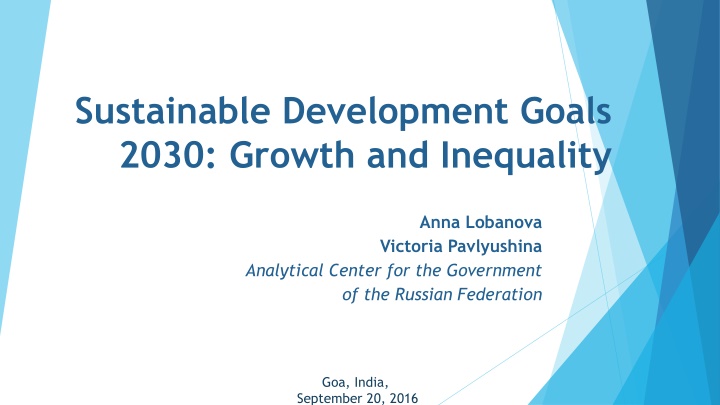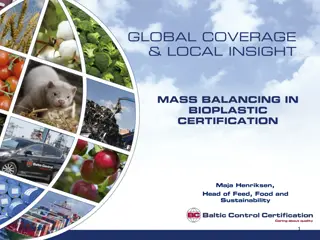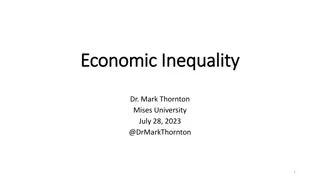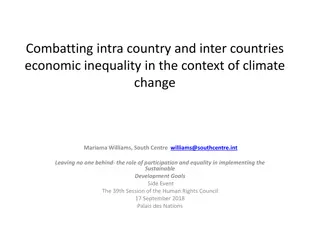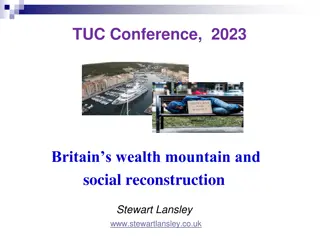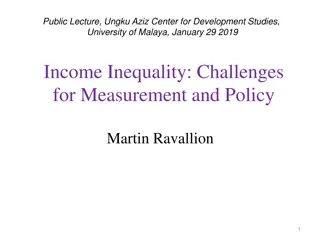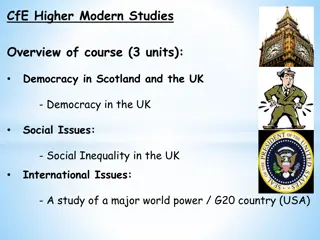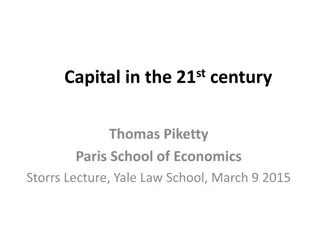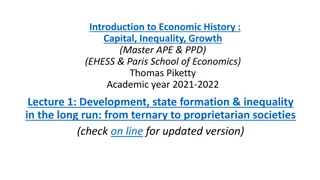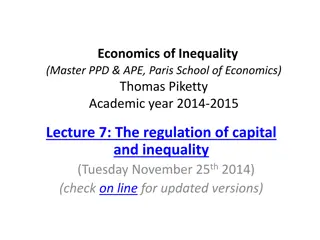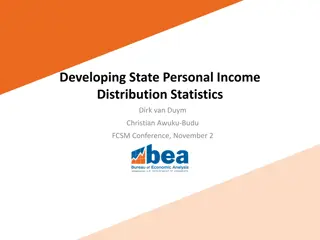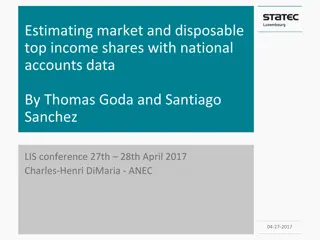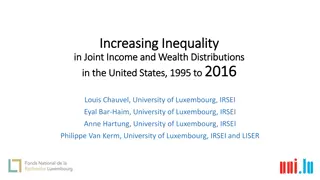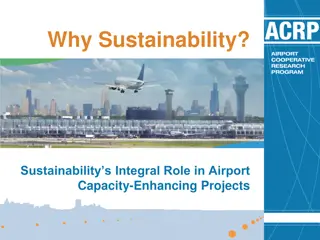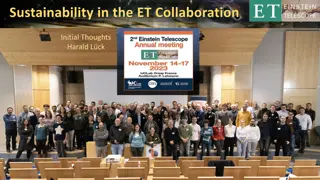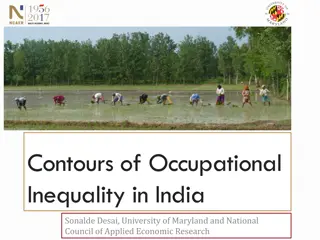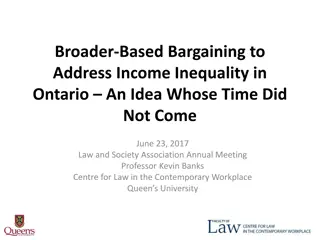Sustainability and Inequality: Challenges and Solutions for 2030
This presentation explores the Sustainable Development Goals for 2030, focusing on the complex relationship between growth and inequality. It discusses the challenges faced by middle-income countries in addressing rising inequality and emphasizes the importance of creating a middle-income class and fostering a mature civil society. The analysis highlights the need for not just income redistribution but also good governance and reduced corruption to achieve sustainable development in BRICS countries.
Download Presentation

Please find below an Image/Link to download the presentation.
The content on the website is provided AS IS for your information and personal use only. It may not be sold, licensed, or shared on other websites without obtaining consent from the author.If you encounter any issues during the download, it is possible that the publisher has removed the file from their server.
You are allowed to download the files provided on this website for personal or commercial use, subject to the condition that they are used lawfully. All files are the property of their respective owners.
The content on the website is provided AS IS for your information and personal use only. It may not be sold, licensed, or shared on other websites without obtaining consent from the author.
E N D
Presentation Transcript
Sustainable Development Goals 2030: Growth and Inequality Anna Lobanova Victoria Pavlyushina Analytical Center for the Government of the Russian Federation Goa, India, September 20, 2016
Sustainable Development Goals: General Picture and Inequality In this Presentation we would like to show the important aspects of Growth and Inequality (SDG #10). New SDGs cover a broad range of economic - social institutional objectives for 2030 while it will take much more time! But it s important to make the real step now. For Russia and for other BRICS countries it will be the serious challenge for the social sustainability of Growth and Progress in the Future, to go out of the Middle Income Trap. Analytical Center is preparing a pilot project (to be published in 2016) on the view on Russia in SDG frame but with an actual socio-economic problems of Russia.
Comparison of BRICS GDP, inequality Year Gini ratio GDP PPP per capita 2014, thousand $ Income shares by top and bottom deciles in total income, % bottom 10% 0,8 3,7 1,7 2,8 1,2 3,2 1,9 4,8 top 10% 2009 2005 2009 2009 2009 2010 2010 2010 Brazil India China Russia South Africa Germany USA Japan 55 33 42 40 63 29 38 34 16,2 5,8 13,1 26,1 13,1 46,2 54,4 37,4 43 29 30 32 52 23 30 26
Middle-income countries experienced the noticeable rise in inequality and now are worse than low-income ones in these terms Development of countries as well the economic growth of recent decades created more inequality at the time of the substantial improvement of average living standards
The problem economic growth do not provide automatic reducing of inequality Important - not only income redistribution but also the formation of middle income class and social vertical lifts The formation of the middle class helps the improvement of civil society. Civil society required better government, reducing corruption. These requirements are the integral part of the sustainable development for BRICS countries. Our common objective is not only to improve living standards but to reach high level of development and mature civil society.
Positive dynamic in reducing inequality and improvement of the government are important parts of the sustainable development Three factors in evaluating social inequality: Living standards (GDP per capita etc.) Level of inequality (Gini, problem of poverty) Vertical Social lifts (opportunity to make carrier etc.) Anglo-Saxon inequality is similar to Latin America but it gives much better chance for personal vertical steps (business or career) during the life time
Complex Objectives for SD Sustainable ecology Social conditions: step by step Climate change prevention and Water, Food etc. Economy growth and inequality reducing Sustainable development with respect suppose and encompass structural reforms, which not only adequate, but also timely. All reforms must be conducted by society in order to prevent economic and/or socio-political crises, which may lead to the stoppages of the development or undermine the sustainability of the development.
Sustainable development goals 2030 should be somehow different to each country Human Development Reports (Russia): 2014 and 2015 http://ac.gov.ru/files/publication/a/7198.pd http://ac.gov.ru/files/publication/a/4758.pdf Human Development Report 2016 will be a pilot adaptation of the Sustainable Development Goals for Russia December 2016
Key issues: The problem economic growth do not provide automatic reducing of inequality Middle-income countries experienced the noticeable rise in inequality Positive dynamic in reducing inequality and improvement of the government are important parts of the sustainable development Sustainable development with respect suppose and encompass structural reforms, which not only adequate, but also timely Sustainable development goals 2030 should be somehow different to each country
References: Anthony Atkinson (2014). Inequality: What Can Be Done?. Harvard University Press. p. 384.; Branko Milanovic (2016). Global Inequality: a New Approach for the Age of Globalization; Thomas Piketty (2013). Capital in XXI century; Leonid Grigoryev, Alla Salmina: Structure of the social inequality in the Modern World: Problems of Measurement (in Russian), 2013; Grigoryev L., Parshina E.. Economic dynamics of the countries of the world in the years 1992 2010: Inhomogeneity of growth VI BRICS academic forum / editors: Renato Coelho Baumann,Tamara Gregol de Farias. Bras lia, IPEA, 2014, pp. 57 77; Grigoryev L., Pavlyushina V. Brasil: in the Trap of the Middle Level Development , (in Russian) 2016.
Thank you for your attention! Anna Lobanova a.lobanova@ac.gov.ru Victoria Pavlyushina v.pavljushina@ac.gov.ru
